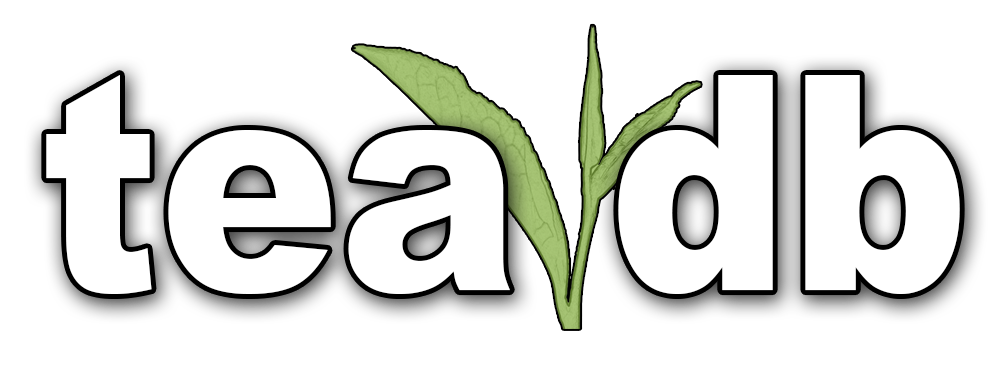The west is a tiny blimp in the Chinese specialty tea market. Having had the experience of traveling and shopped for tea in Taiwan and Hong Kong it gives me some idea of how the market looks in parts of east Asia where tea culture is strong. There are some teas where the west does generally well and gives some access to. There are others where we have to pay a bit more and have limited access. And then there’s blind spots where the market where what we have access to is a pale shell of the real deal. (more…)
Category: Aged Pu’erh
-
1990s Commissioned Orange Label via Varat — TeaDB James InBetweenIsode Episode #104
Traditionally stored in HK, this is a very nice example of traditionally stored sheng courtesy of Varat. Thanks!
-
1990s Bazhong — TeaDB James InBetweenIsode Episode #100
Finishing off the last session of a cake. This is a fairly heavily stored tea acquired from the now defunct Origin Tea.
-
1999 Yangqing Hao Micang [Episode 169]
This episodes features a mellow, oldish, daily drinking brick courtesy of Emmett.
-
Raw Pu’erh Learning & Basics [Episode 168]
This episode covers the basics of raw pu’erh and how to brew it and get started on this very diverse category of tea. Teas included are the 2013 Xizihao Xuanxi, 2004 Jianshen Tuo, and 199 Yangqinghao Micang.
-
Pu’erh Nerdy Q&A — TeaDB James InBetweenIsode Episode #97
Answering a few more of the pu’erh questions we didn’t get to in our Q&A episode.
-

How Much is Your Vendor Marking Up Your Pu’erh?
No one wants to pay for unnecessary things, but even so very few of us know the actual cost of goods, or actual item cost that the vendor bought the tea for. We’re often left clueless about what their markup might be. There are inevitable costs of running a business that we as consumers don’t really think about. Certainly not often. Storefronts, sourcing, marketing, sample costs, a living wage. The money you pay for the tea will go towards not just your tea but as presumably some amount of profit for the vendor.. Are you paying for fancy boxes, marketing material, padding the vendors pockets or is your $$ going to the actual tea. Pu’erh has the advantage of being sold as a labeled cake, which makes it easier to cross-check prices against the Chinese market and help to determine if we are paying a fair and reasonable price. (more…)
-
1990s Jingua — TeaDB James InBetweenIsode Episode #92
James is joined by Garrett with a 1990s Jingua (melon) purchased in Taiwan and originally stored in Hong Kong.
-
![Mature Pu’erh Report [March 2016]](https://teadb.org/wp-content/uploads/2014/05/ripe-puerh3-940x198.jpg)
Mature Pu’erh Report [March 2016]
I drank through these teas in March of 2016.
The last mature report was about 16 months ago, but with my Taiwan trip approaching I figured it was about time to drink through my lingering pile of samples.. This report is a mix of teas I own, teas still available from western vendors, and other teas that have since sold out. After traveling through Taiwan and Hong Kong in October my feelings on the market have changed a bit as the limitations present in the mature pu’erh market out west (really a subsection of already a niche market) have become increasingly obvious.. (more…)
-
TeaDB Q&A #2 – Pu’erh Questions
A question & answer session featuring a number of pu’erh related questions asked in this video.
Thank you for your questions!
